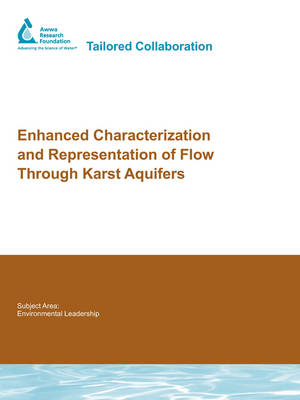Karst subsurface formations host some of the most prolific and economically important aquifers. However, karst aquifers are particularly vulnerable to inadequate or poor groundwater management practices because of rapid recharge and fast groundwater flow through conduits. Although numerical models have been successfully used to predict the dynamics of granular aquifers, the lack of a groundwater flow model that captures the hydraulic dynamics of flow through karst aquifers makes effective management of karst aquifers difficult.
The long-term (3- to 4-year) objective of this project was to develop new modeling approaches and tools to address applications involving karst aquifers with significant conduit flow. The objectives of the first year were to develop quantitative tools for working with groundwater flow models with explicit conduits, establish guidelines for application of explicit conduit models, and assess future data collection needs.
The first activity of the project was to perform a series of numerical experiments to evaluate the ability of existing codes to simulate groundwater flow through a karst aquifer. After results identified the limitations of existing codes, a MODFLOW package was developed that was capable of representing diffuse flow through a rock matrix, turbulent flow through a network of conduits, and a dynamic hydraulic relationship between the two. The module was first evaluated by comparing the simulated responses with synthetic examples and later by comparing the simulated responses with the hydraulic response of a relatively well-characterized karst aquifer, the Barton Springs segment of the Edwards Aquifer.
- ISBN10 1843399792
- ISBN13 9781843399797
- Publish Date 31 May 2007
- Publish Status Out of Print
- Out of Print 5 July 2021
- Publish Country GB
- Imprint IWA Publishing
- Format Paperback
- Pages 104
- Language English
